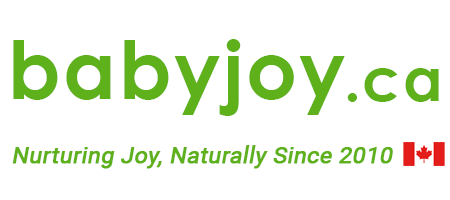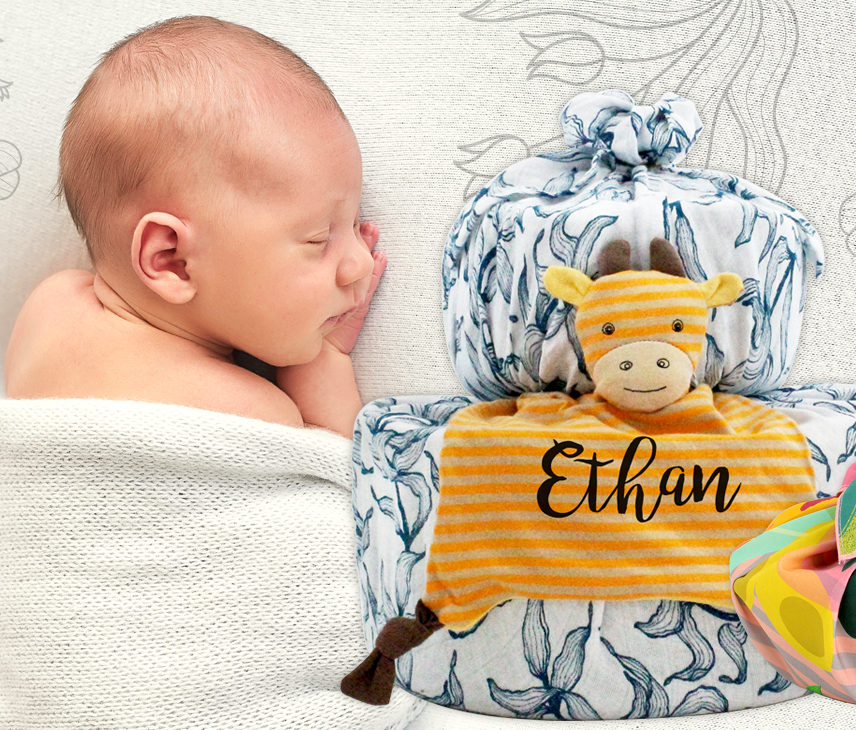
What is Japanese Furoshiki Cloth Wrapping?
Furoshiki, the eco-conscious traditional Japanese wrapping cloth, is a single piece of fabric. Rooted in history for over 1,200 years, it remained a sustainable choice until the close of the Edo Period. The eco-friendly tradition of using furoshiki traces its origins back to the Nara Period (710-784) when it was employed to protect the valued possessions of the Emperors, showcasing an early commitment to environmentally mindful practices.
What is Furoshiki Cloth made of?
Furoshiki Cloth is mostly made of 100% cotton.
What is Furoshiki Cloth used for?
Furoshiki cloth is a square-shaped traditional Japanese wrapping cloth. It is not only eco-friendly but also serves multiple purposes, such as gift wrapping, carrying items, or as a decorative element. There are many method of using Furoshiki cloth for wrapping.
Below are the Step by Step Guide to Wrapping a Gift Basket using Furoshiki method:
Step 1: Lay the Fabric
Spread the furoshiki cloth on a flat surface. Position it so that it looks like a diamond, with one corner pointing towards you.
Step 2: Place the Gift
Set the gift in the middle of the cloth.Ensure it’s centered for a balanced wrap.
Step 3: Bottom Corner Fold
Take the corner closest to you and lift it up. Gently drape it over the gift. Tuck it snugly under the opposite side of the gift.
Step 4: Top Corner Fold
Now, take the corner farthest from you. Pull it down towards you, over the gift. Create a neat, straight edge across the top of the gift.
Step 5: Side Folds
Fold the right corner inward, laying it flat against the gift. Repeat with the left corner, ensuring both sides are even and cover the gift completely.
Step 6: Final Knot
Bring the two remaining corners together above the gift. Tie them in a secure, decorative knot. Adjust the fabric as needed to create a tidy, attractive presentation.
Remember, the beauty of furoshiki is in its simplicity and elegance. The final look should be neat, with clean lines and a secure knot. This method not only looks beautiful but also aligns with eco-friendly practices by avoiding single-use wrapping materials.
Discover the Ecolysium Cotton Furoshiki Cloth Wrapper, a sustainable and elegant solution for your gift-wrapping needs. Made from 100% cotton, this reusable cloth features artwork designed by local artists, adding a unique touch to your presents. Available in two sizes (90cm x 90cm and 72cm x 72cm).
Some of the examples are shared below.



Happy Wrapping!



